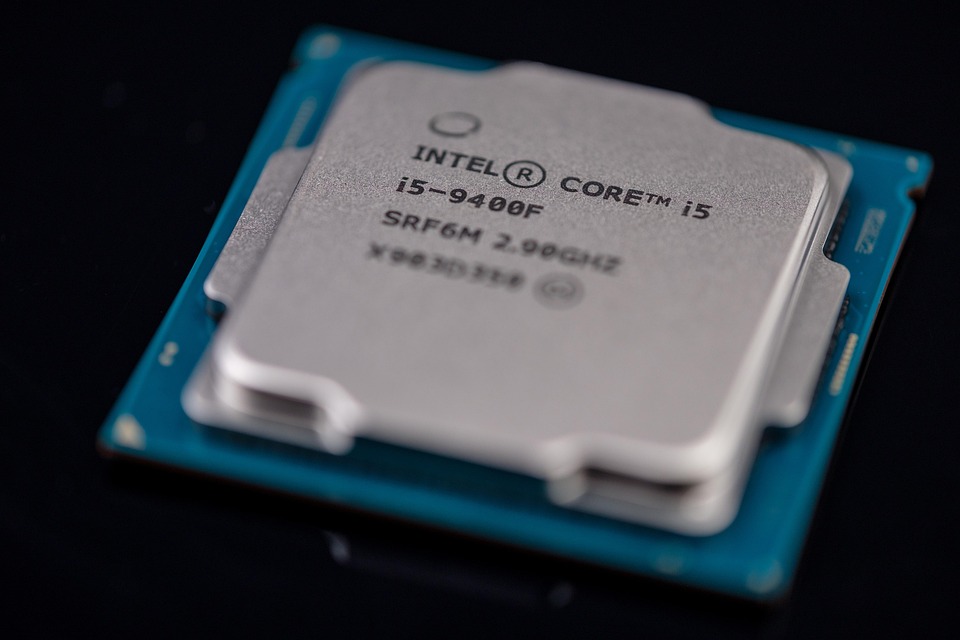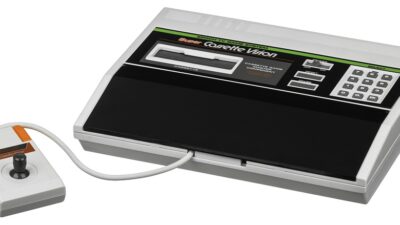High-Performance Computing (HPC) has long been the domain of supercomputers, but in recent years, the landscape has undergone a dramatic transformation thanks to the evolution of Central Processing Units (CPUs). These processors have become powerhouses in processing capabilities and efficiency, propelling HPC into new frontiers across various fields, from scientific research to artificial intelligence. In this article, we’ll explore how modern CPUs are reshaping HPC, the innovations driving this change, and the implications for future computing.
The Evolution of CPUs in HPC
Historically, the evolution of CPUs has been characterized by significant gains in clock speed, core count, and energy efficiency. Each leap in technology has allowed researchers and engineers to tackle increasingly complex problems. The latest CPU architectures now offer:
-
Increased Core Count and Threading: Modern CPUs often feature dozens of cores and multi-threading capabilities, allowing them to handle multiple tasks simultaneously. For instance, AMD’s EPYC and Intel’s Xeon processors provide 64 or more cores, enabling extensive parallel processing that is essential for computation-heavy tasks.
-
Advanced Instruction Sets: New instruction sets, such as AVX-512, enhance parallel processing capabilities and enable more efficient handling of floating-point calculations, which are common in scientific simulations and data analysis.
-
On-Chip Memory and Caches: The integration of larger on-chip caches and memory pools reduces latency, allowing faster access to critical data. This is particularly beneficial in HPC scenarios where speed is of the essence.
- Energy Efficiency: Modern CPUs are designed with energy efficiency in mind. With improved power management features, these processors can deliver increased performance without proportionate energy costs, making them more sustainable for large-scale computations.
Innovations Driving Change
Several innovations in CPU technology are directly influencing the HPC landscape:
-
Hybrid Architectures: The integration of diverse processing units, such as CPUs with Graphics Processing Units (GPUs) or specialized accelerators, has led to hybrid architectures. These systems can tackle different workloads more effectively, optimizing performance for distinct computational tasks.
-
Enhanced Interconnects: Rapid data transfer rates between CPUs and other components are crucial for efficiency in HPC. Innovations like Intel’s Omni-Path and AMD’s Infinity Fabric improve data throughput, enabling faster communication within systems.
- AI and Machine Learning Optimization: As AI becomes a cornerstone of many HPC applications, CPUs are being designed to efficiently execute AI models. This includes support for tensor operations and machine learning algorithms, bridging the gap between traditional computing and the demands of AI.
Applications Transforming Industries
The advancements in CPU technology are transgressing industry boundaries, leading to breakthroughs in areas such as:
-
Scientific Research: In fields like genomics, climate modeling, and materials science, the ability to process vast datasets simultaneously has accelerated research timelines. Simulations that once took weeks can now be completed in days or even hours.
-
Financial Services: High-frequency trading and complex risk simulations rely on rapid data processing. CPUs designed for HPC can analyze market trends and execute trades with minimal latency, providing a competitive edge.
-
Healthcare: Computational biology and medical imaging benefit from the parallel processing capabilities of modern CPUs, facilitating faster diagnostics and personalized treatment planning.
- Entertainment: The film and gaming industries harness the power of HPC for animations, rendering, and real-time graphics processing, all of which demand immense computing resources.
The Future of CPUs in HPC
Looking ahead, the trajectory of CPU development in high-performance computing appears bright. Trends such as quantum computing, further integration of AI capabilities, and the expansion of cloud-based HPC services will likely reshape how we think about computing infrastructure.
With the continued push for more efficient architectures and the integration of specialized processing units, CPUs will remain pivotal in driving HPC advancements. As they improve, they will empower researchers and businesses alike to solve some of the world’s most pressing challenges, from climate change to disease prevention.
Conclusion
CPUs are at the heart of the revolution in high-performance computing. Their evolution, shaped by advancements in core count, efficient architectures, and optimized instruction sets, enhances capabilities across many sectors. As we continue to innovate, the potential for CPUs to drive transformative changes in technology and society becomes immensely profound, paving the way for a future where complex problems are tackled with unprecedented speed and accuracy.



